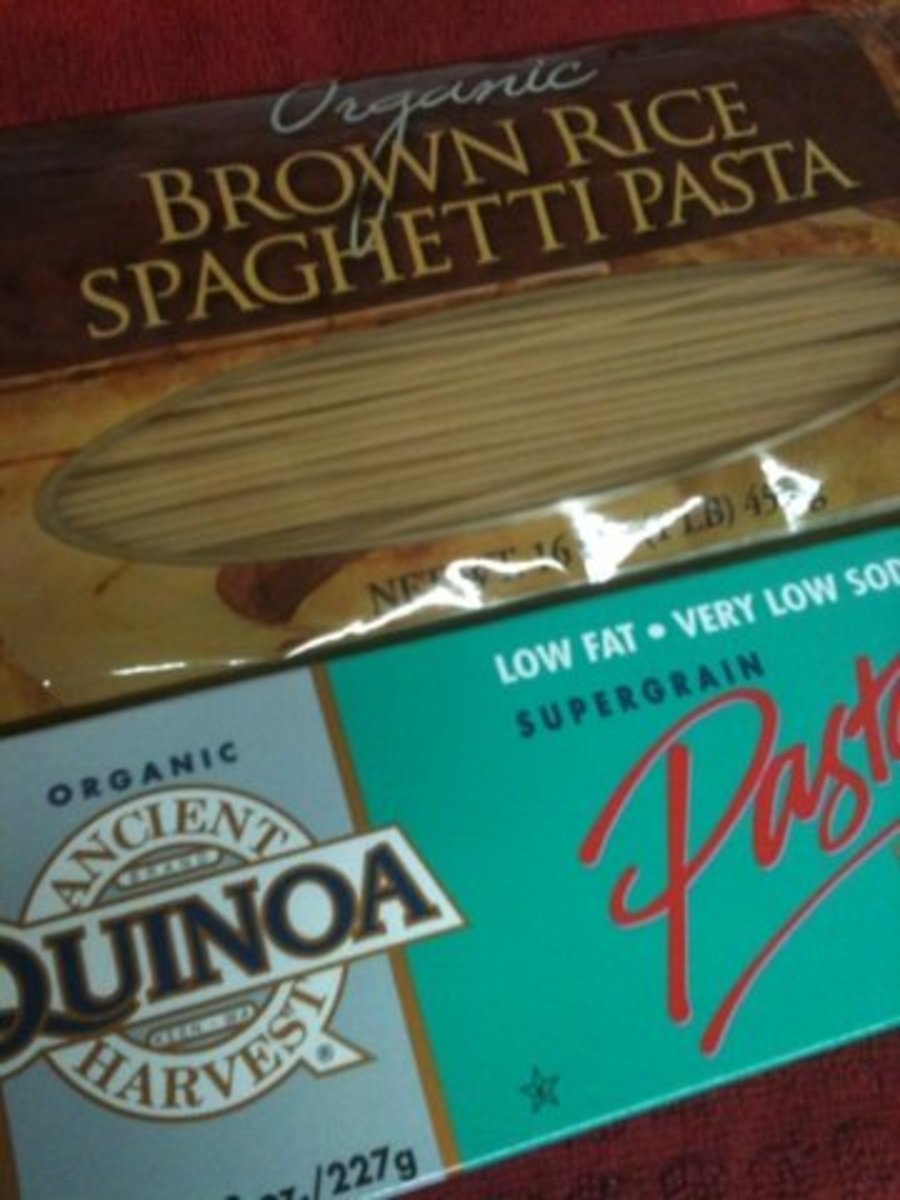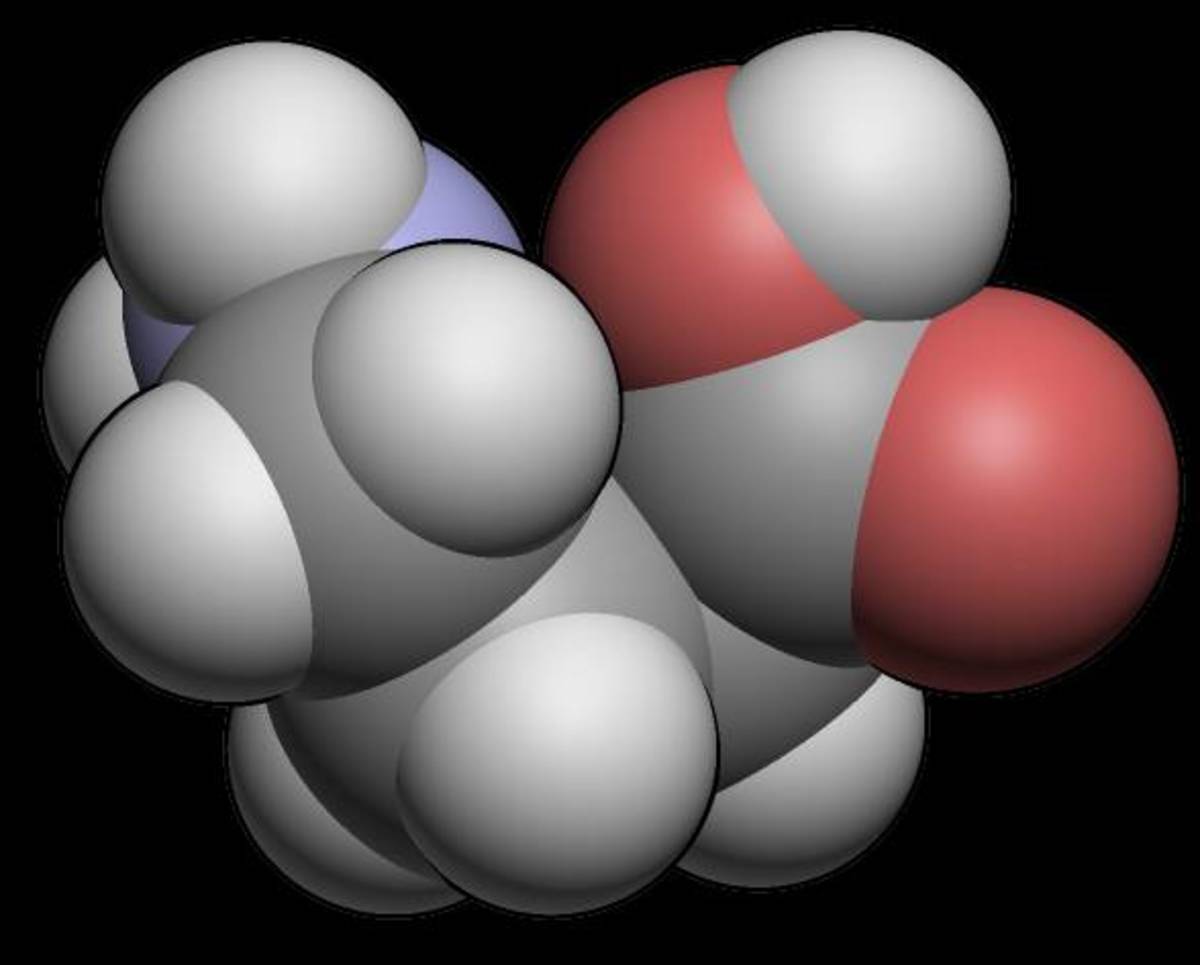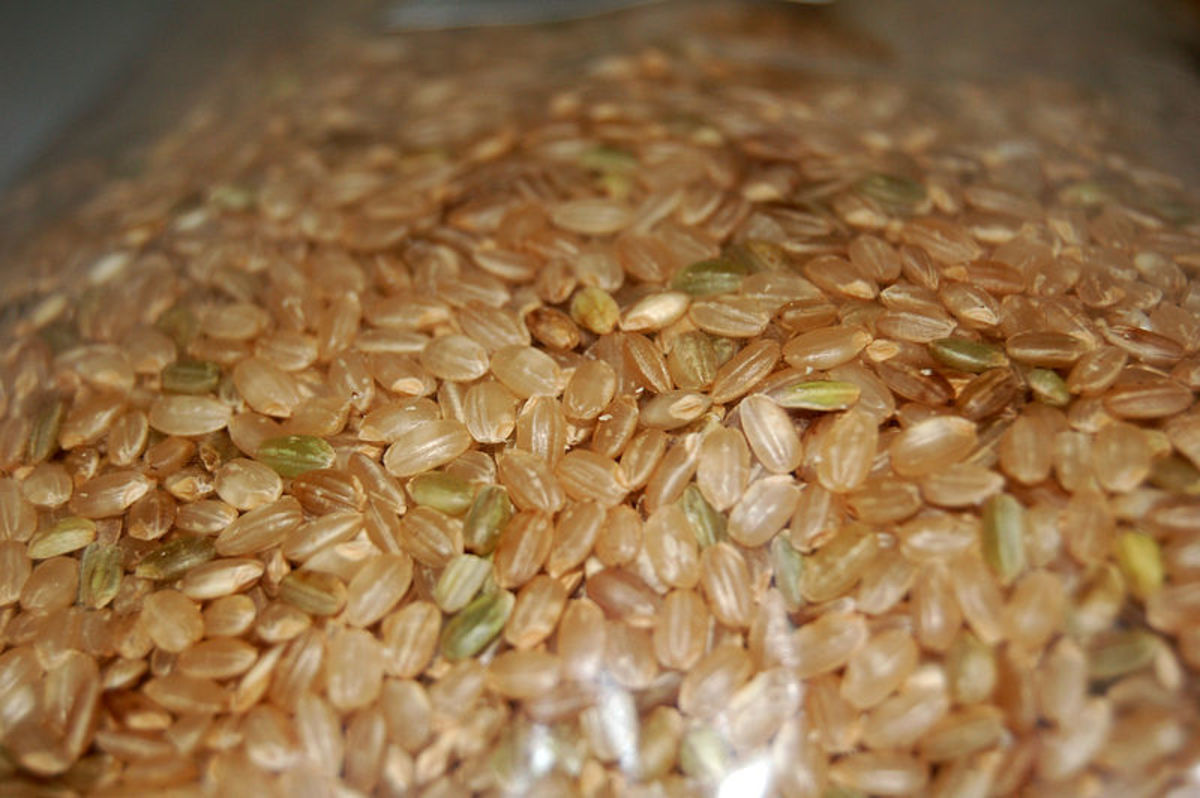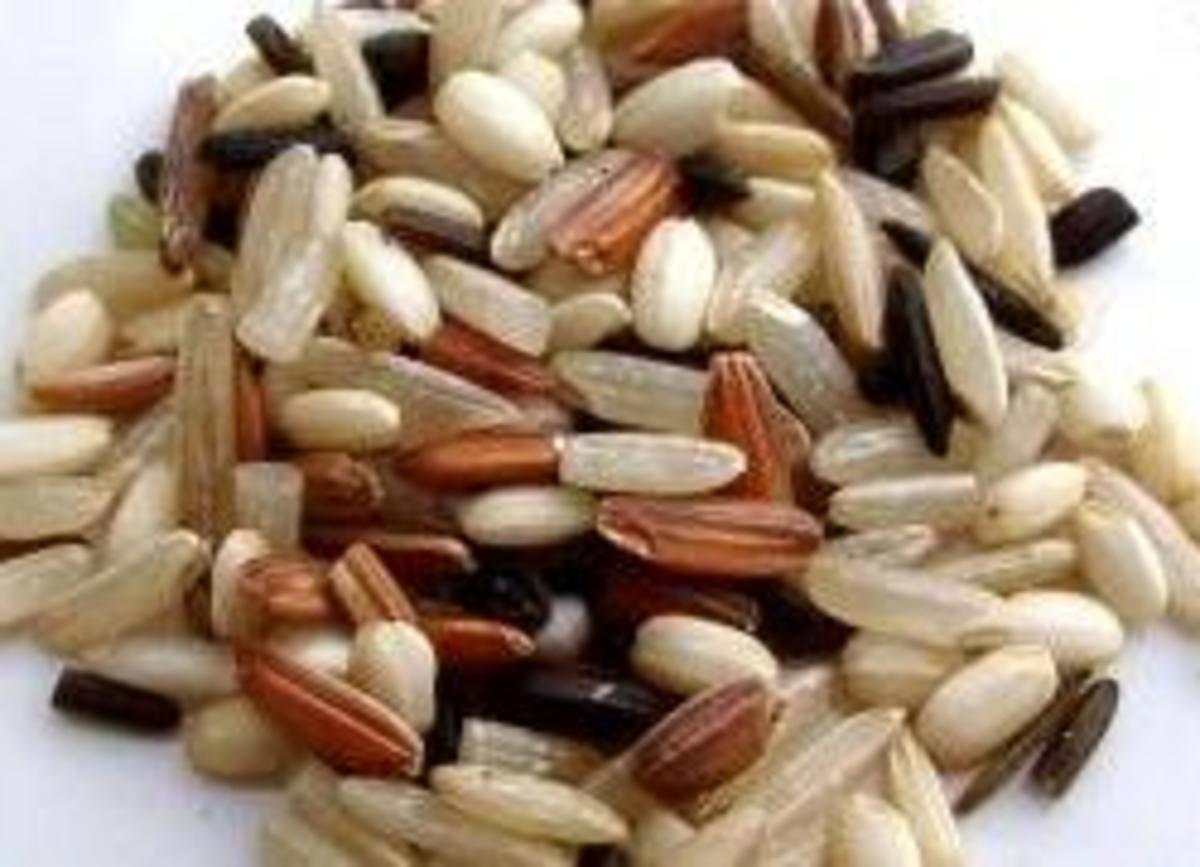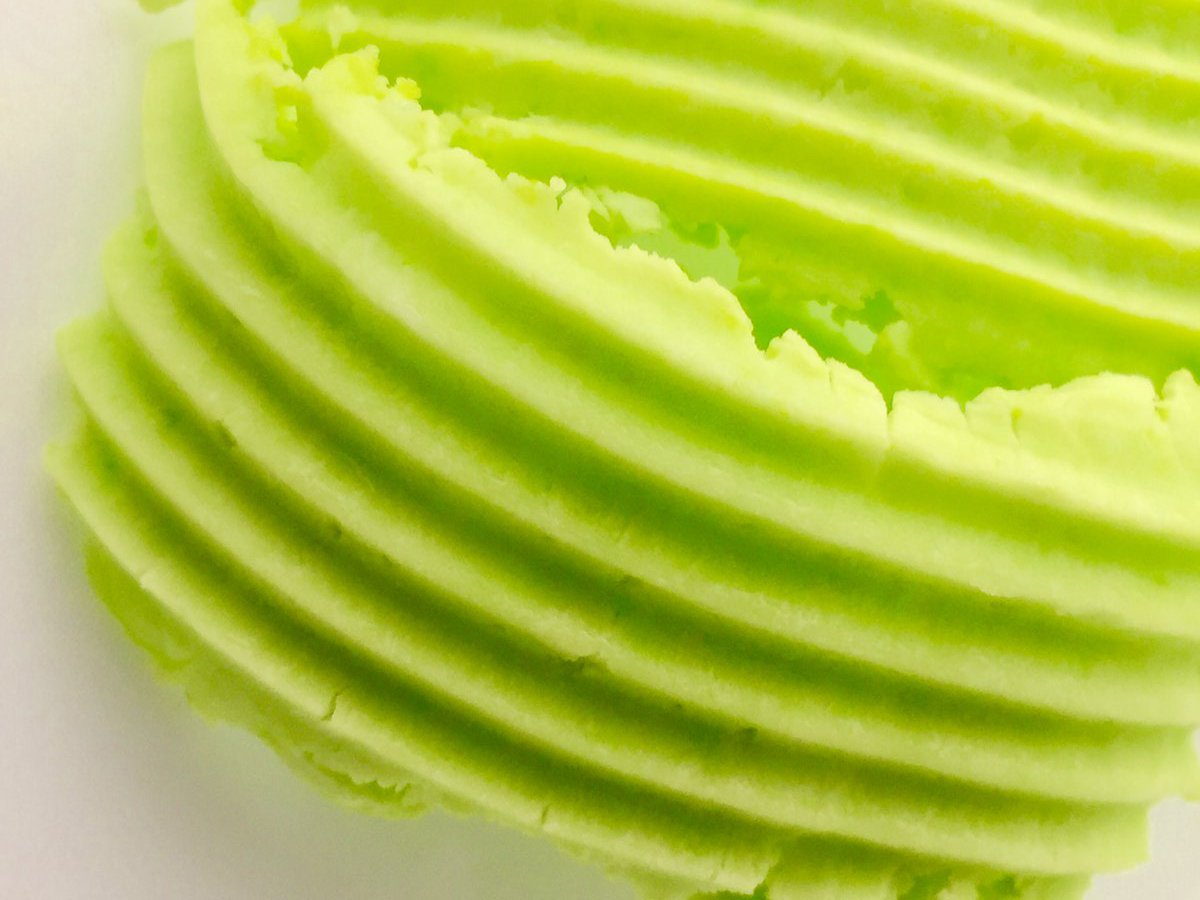What are the different types of rice?
Different types of rice
Rice is one the world’s most important commercial food crop. It is the main source of food for over half of the world’s population. Growing, selling or consuming it, over 3 billion people depend on rice for their survival. Rice is consumed mainly in the form of white rice and to a lesser extent, parboiled rice.
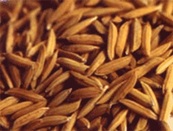
Rough Rice
The rice (paddy) crop is grown in the field, when mature it is harvested, dried and processed into rice. The grain harvested from the field is known as rough rice or paddy. The dried rough rice grain contains about 80% carbohydrate, 7% protein and is low in fat. The rice grain also contains sugars, fats, vitamins, minerals and dietary fiber.
Parts of the rice grain
The rough rice grain basically consists of 3 layers:
1. The outermost protective covering is referred to as the hull (husk or shell), consisting of two structures (the lemma and palea) fused together. The hull comprise mainly of cellulose and silicon oxide.
2. The middle layer is called the bran layer. The bran layer has a high fiber content, bran oil, calcium, iron, vitamins B and E and antioxidants.
3. The inner layer comprises of the endosperm and the embryo (germ) fused to it. The endosperm contains mostly starch.
Rice Processing
Generally, rough rice is processed into 3 types of rice. Rough Rice could be processed into Brown Rice, White Rice or Parboiled Rice. The degree of milling/processing that the rough rice is put through determines the finished product.
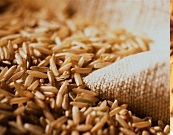
Brown Rice
When only the hull (husk) is removed, the rice is called brown rice. Brown rice consists of the bran layer, the endosperm and the germ. The bran layer is brown in color, hence the name brown rice. Different rice varieties have the bran layer of varying shades of brown. The germ gives brown rice a distinct nutty flavor. Brown rice is produced mainly as an intermediate form for export, to reduce transportation cost since it is less bulky than rough rice. For this reason brown rice is often referred to as cargo rice.
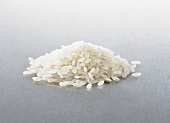
White Rice
When the hull, bran, and germ are removed the grain is referred to as white rice. White rice is basically the (starchy) endosperm of the rice grain. During processing, the hull is removed and the rice grain is polished to remove the bran layer, resulting in a grain with a bright, white, shiny appearance, hence the name white rice. During processing of white rice most of the nutrient is removed with the removal of the bran layer and the embryo.
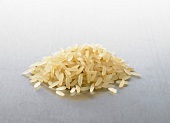
Parboiled Rice
Parboiled rice is traditionally produced by a process of soaking rough rice overnight or longer in tap water, depending on the size of the grain. The rice is then pressure steamed and dried to a moisture content that is recommended for processing. The process of steaming is called parboiling, hence rice produced by steaming it is referred to as parboiled rice.
The process of soaking and steaming modifies the starch and permits the retention of much of the natural vitamins and minerals in the grains. Parboiling gelatinizes the starch granules and hardens the grain, making it translucent.
Soaking of the rice grain softens it and assist in the easy removal of vitamins and minerals from the bran layer when pressurized steam is applied. The steam forces the nutrients contained in the bran layer inwards, into the inner starchy layer or endosperm. During processing the nutrients remains in the grain when the bran layer is removed.
Parboiled rice is basically the endosperm of the rice grain. The hull, bran and embryo are removed from the grain during the milling process. The finished product is usually slightly yellowish, although the color changes after cooking.
Nutritional content
Brown rice is the most nutritious type of processed rice. It has greater food value than white rice and parboiled rice since all of the nutrients are retained in the rice after processing. Brown rice is not normally used for food. It does not cook well.
Marketable rice is generally in the form of white rice but this type of rice is less nutritious than parboiled rice. It contains mainly starch. Many of the nutrients needed for digestion are removed during the milling process. Beriberi a vitamin B deficiency disease in humans is common among people eating only white rice. This is because white rice lacks the essential vitamin B1-thiamine.
For this reason white rice is often fortified with minerals and vitamins. But this does not add to the nutritional value of white rice. Vitamin B1 or thiamine is added in the form of a powder, which is water soluble and could be lost during washing of the grains with water before cooking.
Parboiled rice is very nutritious, it contains vitamin B1 (thiamine), vitamin B2 (riboflavin), vitamin B3 (niacin), vitamin B6 (pyridoxine) and vitamin E, It also contains several mineral nutrients namely potassium, phosphorus, magnesium, iron, zinc and copper. Brown rice contains fiber which aids digestion.
Cooking quality - White rice vs Parboiled rice
In terms of cooking quality, parboiled rice is preferred because it takes less time to cook, the grains are more nutritious, and the cooked rice is firmer and less sticky than white rice grains and it stay well for long periods in a food service environment.




